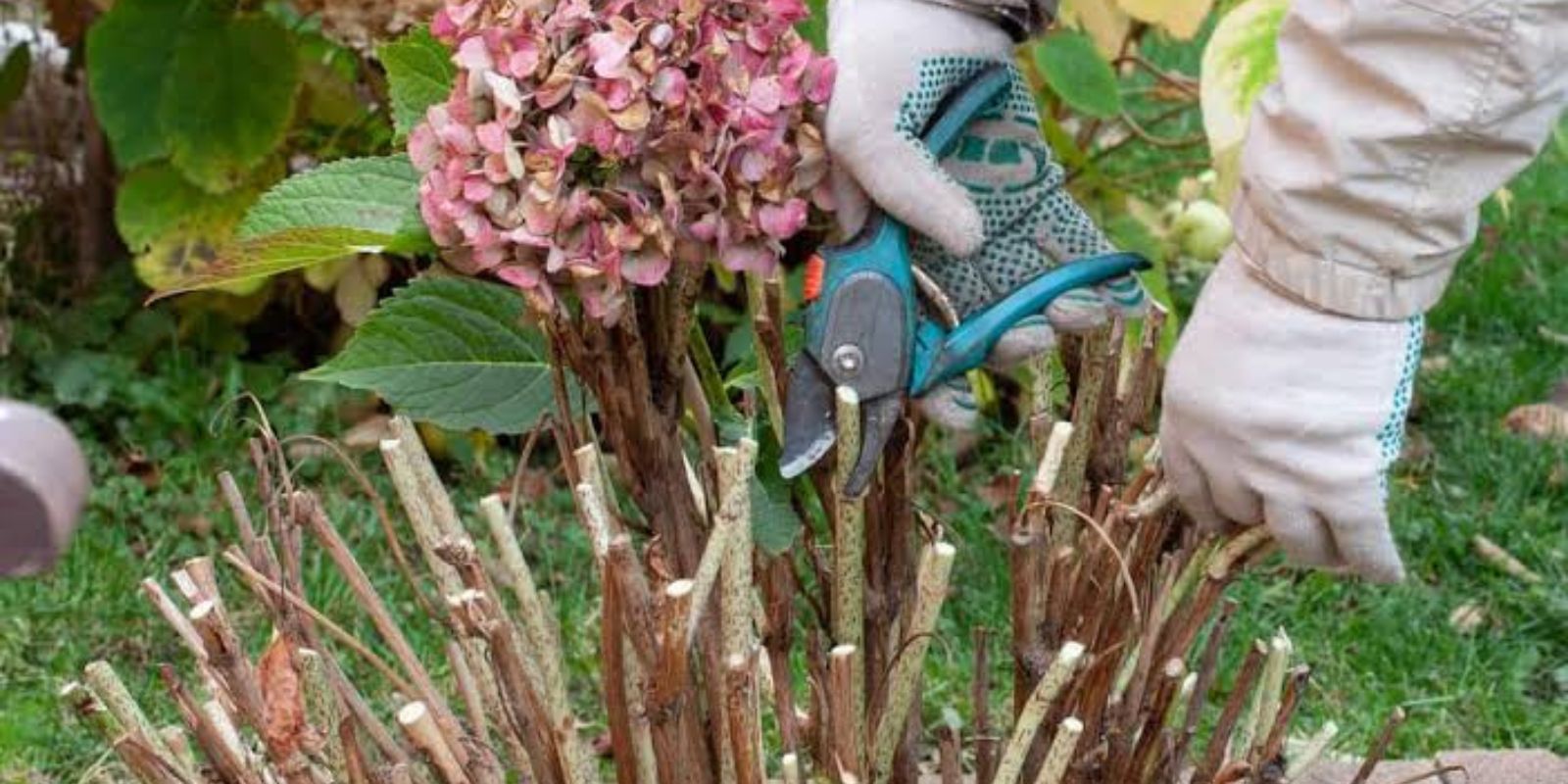Hydrangeas are a cherished addition to any garden, offering lush, colorful blooms throughout the summer. As fall arrives, it’s important to give these plants the care they need to prepare for the coming winter and ensure they flourish in the next growing season. However, there are crucial steps to take—and one big mistake to avoid—that can make all the difference.
In this comprehensive guide, we’ll walk you through everything you need to know about fall hydrangea care, from essential maintenance to protecting them against winter damage. Whether you’re a seasoned gardener or just starting, these tips will help your hydrangeas thrive year after year.
Why Fall Hydrangea Care Matters
As the growing season winds down, hydrangeas start preparing for dormancy. This is a critical time to provide the right care to ensure their roots, stems, and buds are healthy and strong for next spring. Neglecting proper maintenance can lead to weak growth, fewer blooms, or even plant loss.
On the other hand, taking the time to follow a few simple steps will not only protect your hydrangeas from harsh winter weather but also encourage vibrant and plentiful blooms when the warm weather returns.
The Dos: Essential Fall Hydrangea Care Steps
1. Clean Up Your Plant’s Base
Fallen leaves and debris around the base of your hydrangeas can harbor pests and diseases. Remove any dead leaves, flowers, and weeds from the area to keep the plant healthy.
This simple cleanup step is especially important for preventing fungal infections, which can spread during wet and cold conditions.
2. Add Mulch for Root Insulation
To protect hydrangea roots from freezing temperatures, apply a thick layer of mulch around the base of the plant. Use organic materials like pine needles, wood chips, or shredded leaves, ensuring the mulch is about 2–4 inches thick.
This layer will act as insulation, keeping the roots warm and preventing moisture loss. Just be sure to keep the mulch slightly away from the stem to prevent rot.
3. Water Until the Ground Freezes
Hydrangeas need adequate moisture to stay healthy through the winter. Continue watering them regularly throughout the fall, especially during dry spells.
However, avoid overwatering—soggy soil can lead to root rot. Water deeply and allow the soil to dry slightly between watering sessions.
4. Protect Buds from Frost
For hydrangea varieties like Hydrangea macrophylla (bigleaf hydrangeas), which bloom on old wood, protecting the buds is essential. Frost can damage the flower buds that have already formed for next season.
Wrap the plant in burlap or use frost covers during extremely cold weather to shield the buds from freezing temperatures.
5. Fertilize with Care
A slow-release fertilizer designed for hydrangeas can help provide essential nutrients as the plant transitions into dormancy. Apply the fertilizer sparingly to avoid stimulating new growth, which can be damaged by frost.
Look for a balanced formula (e.g., 10-10-10) and follow the manufacturer’s guidelines for application.
The Don’ts: What to Avoid This Fall
1. Don’t Prune Too Heavily
One of the most common mistakes gardeners make is pruning hydrangeas in the fall. While it might be tempting to tidy up your plants, heavy pruning can damage the buds that are essential for next year’s flowers.
For hydrangeas that bloom on old wood, like bigleaf and oakleaf hydrangeas, pruning in the fall can remove the buds entirely, leaving you with no blooms come spring.
If pruning is necessary, wait until late winter or early spring and only remove dead or damaged stems.
2. Avoid Overfeeding
While a little fertilizer can be beneficial, overfeeding in the fall can encourage new growth that won’t survive the winter. Stick to a light application of a slow-release formula and focus on building root strength rather than promoting leafy growth.
3. Don’t Skip Winter Protection
Young or newly planted hydrangeas are particularly vulnerable to freezing temperatures. Neglecting to cover or insulate them can result in frost damage, stunted growth, or even plant death.
If you live in an area with harsh winters, consider using garden cloths, burlap wraps, or even a small cage filled with straw for added protection.
Special Considerations for Different Hydrangea Varieties
Bigleaf Hydrangeas (Hydrangea macrophylla)
These bloom on old wood, so avoiding pruning in the fall is crucial. Protect the buds with burlap wraps or frost covers to ensure a strong bloom next season.
Panicle Hydrangeas (Hydrangea paniculata)
Panicle hydrangeas bloom on new wood, so they can tolerate light pruning in the fall if necessary. However, heavy pruning should still be avoided until late winter.
Smooth Hydrangeas (Hydrangea arborescens)
These are more forgiving and bloom on new wood, making them less affected by fall pruning. Still, follow general care tips to keep the plant healthy.
Oakleaf Hydrangeas (Hydrangea quercifolia)
These bloom on old wood and require similar care to bigleaf hydrangeas. Avoid pruning and protect the buds from frost.
A Timeline for Fall Hydrangea Care
- Early Fall: Begin cleaning up dead leaves and debris. Apply mulch around the base of the plant.
- Mid-Fall: Water the plant regularly but avoid overwatering. Apply a light layer of slow-release fertilizer.
- Late Fall: Protect the plant with burlap wraps or frost covers, especially in areas with harsh winters.
The Rewards of Proper Fall Care
By following these dos and don’ts, your hydrangeas will enter winter strong and healthy, ready to produce lush blooms in the spring. Proper fall care not only protects your plants from the elements but also sets the stage for a thriving garden in the next growing season.
Share Your Fall Hydrangea Tips!
Have a favorite trick for keeping hydrangeas healthy through fall and winter? Share your advice in the comments below! And if you found these tips helpful, don’t forget to tag a gardening friend who could use this guide.

